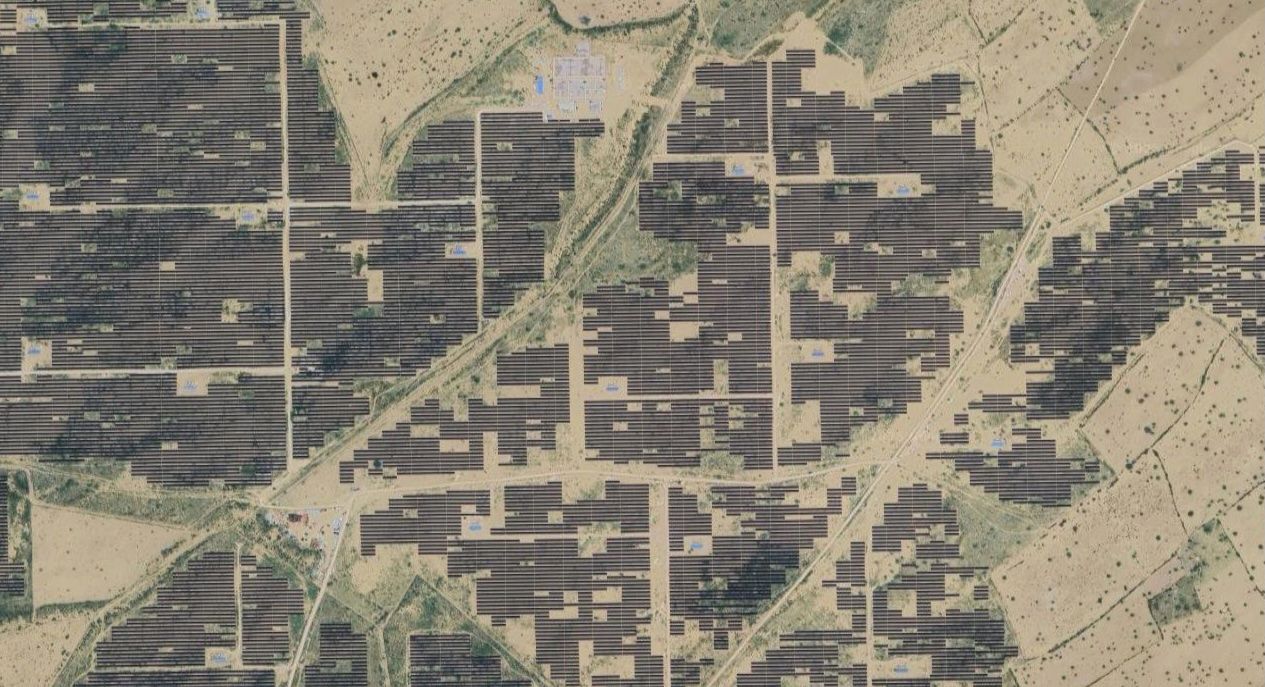Beyond Paris And Countries’ Territorial Waters And Airspace: Tracking Emissions from Shipping and Aviation
In recent years, transportation has emerged as the fastest-growing source of GHG emissions worldwide. And in many of the highest-emitting countries, transportation is overtaking the power sector as the leading source of carbon emissions.
Heavy transport in particular — including maritime shipping and commercial aviation — has been coming under greater scrutiny. And for good reason: During the period 2015–2020, Climate TRACE data shows that the shipping and aviation sectors together emitted nearly 11 billion tonnes of CO2e, making them the 5th largest emitter in the world when excluding land use.
And so when world leaders emerged from COP21 in late 2015 with the landmark Paris Agreement, it understandably made headlines when news broke that the international emissions of both sectors had been excluded from national emissions-reduction commitments. In lieu of shipping and aviation falling under the purview of countries’ decarbonization strategies, two United Nations-affiliated organizations stepped in to help those industries make progress in parallel: the International Maritime Organization (IMO) and the International Civil Aviation Organisation (ICAO).
There isn’t a clear answer as to why aviation and shipping were excluded from the Paris Agreement in 2015. Regardless, there are challenges in deciding how emissions from these industries should be apportioned to accountable countries. Vessels could be owned by a company in one country, registered in another, depart and arrive in yet other countries, and conduct significant operations in international waters and airspace beyond the authority of individual countries.
One thing is clear: these industries are generally considered to not be on track with emissions-reduction pathways consistent with the kind of commitments countries made in Paris. In 2020, organizations such as the Transition Pathway Initiative and Climate Action Tracker found that shipping and aviation emissions reductions are not aligned for a 1.5ºC, or even a 2ºC, climate future.
We need good, transparent data to help these sectors make meaningful progress along their decarbonization pathways. Which is where Climate TRACE’s new dataset comes into play. Climate TRACE is filling important gaps in national emissions inventories, by tracking shipping and aviation emissions and making these sectors’ emissions profiles transparent.
We encourage you to dig into the data for yourself. Visit the Climate TRACE emissions inventory dashboard to view shipping, aviation, and other sectors.
OceanMind is a founding member of the Climate TRACE coalition.


